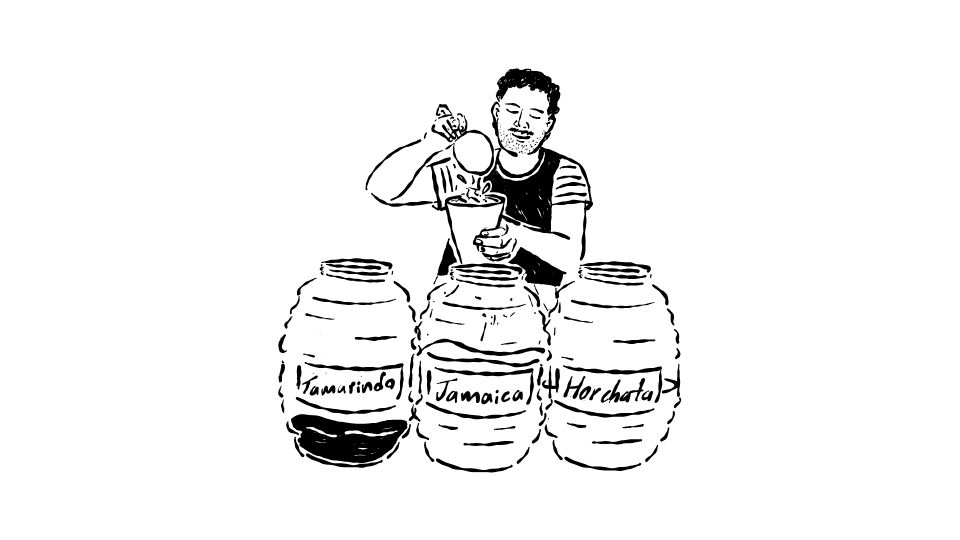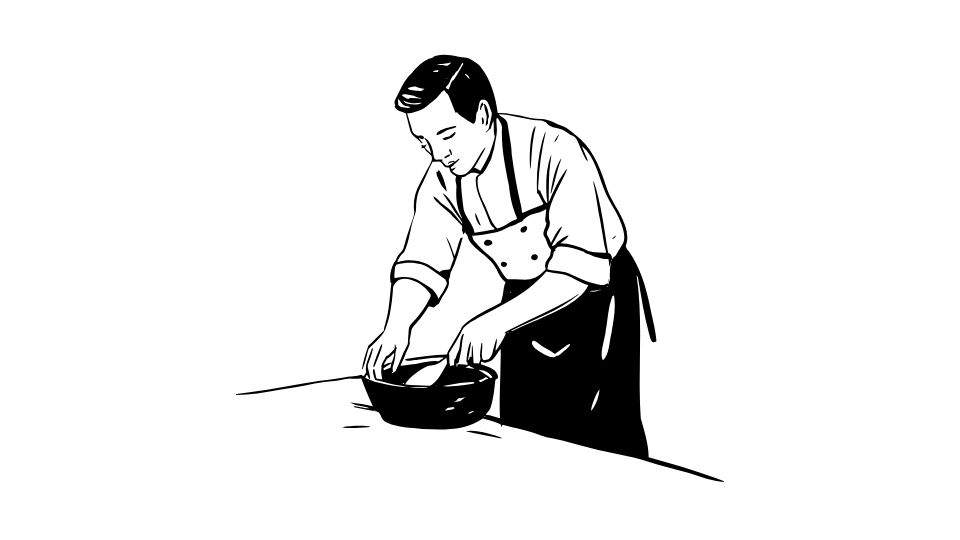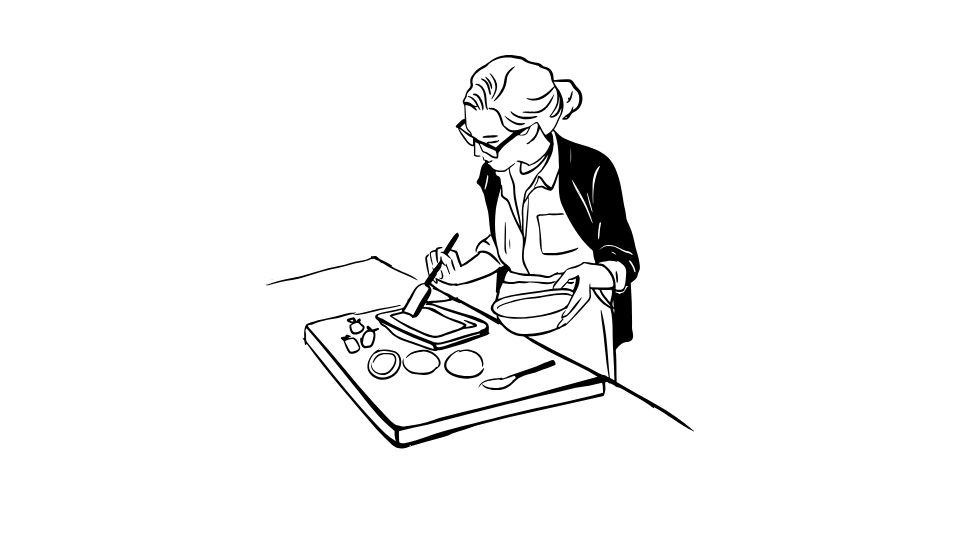Ever walked into a commercial kitchen and noticed the floor? If you’re like most people, probably not.
But that floor is a big deal in the food safety world.
Why? Because the wrong flooring can turn your kitchen into a bacterial playground faster than you can say “food poisoning.”
Let’s dive into why your kitchen floor matters more than you think, what the regulations actually require, and which materials will keep health inspectors happy (and customers not sick).

The Non-Negotiable Food Prep Flooring Requirements
The FDA, USDA, and HACCP don’t mess around when it comes to flooring in food preparation areas. The requirements are pretty straightforward, but they’re there for good reason.
Your food prep floor must be:
- Non-porous
- Smooth
- Seamless
- Durable
- Slip-resistant
- Easy to clean
Skip these requirements and you might as well hang a “Bacteria Welcome” sign on your kitchen door.
Why These Requirements Actually Matter

Let’s break down why each of these requirements isn’t just regulatory nonsense:
Non-Porous: No Hiding Places for Bacteria
Think of porous flooring like a sponge. It absorbs everything – spilled milk, raw chicken juice, mop water.
A study from the Journal of Food Protection found that porous surfaces can harbor bacteria for days or even weeks. That’s why you need flooring that doesn’t give germs a comfy home.
Non-porous flooring means:
- Liquids stay on the surface where you can see and clean them
- Bacteria can’t hide in tiny crevices
- Cleaning agents actually work because they reach all surfaces
Smooth & Seamless: Eliminating Bacterial Condos
Cracks and seams in flooring are like luxury condos for bacteria.
They collect:
- Food particles
- Moisture
- Dirt
- Whatever else falls on your floor
Those tiny spaces are nearly impossible to clean properly. A seamless floor with coved edges (that curved transition where the floor meets the wall) eliminates these problem areas.
Durable & Chemical Resistant: Built to Last
Commercial kitchens are brutal environments. Your floor needs to withstand:
- Hot water
- Harsh cleaning chemicals
- Dropped pots and pans
- Heavy equipment rolling across it
- Constant foot traffic
According to the National Floor Safety Institute, a compromised floor isn’t just a contamination risk—it’s a safety hazard that can lead to slip and fall accidents, which are already the leading cause of injuries in restaurants.
Slip-Resistant: Keeping Everyone Upright
Kitchen floors get wet. They get greasy. They get messy.
A slip-resistant floor provides traction when things get slippery, which is basically all the time in food prep areas. This isn’t just about meeting regulations—it’s about preventing your staff from doing unintentional splits while carrying hot soup.
According to CDC data, slips and falls are responsible for thousands of restaurant worker injuries annually. Good flooring prevents these accidents.
The Best Flooring Materials for Food Prep Areas

Not all flooring is created equal when it comes to food preparation. Here are your best options:
Epoxy Flooring: The Gold Standard
Pros:
- Completely seamless
- Extremely durable
- Chemical resistant
- Can be customized with different slip-resistant textures
- Easy to clean
Cons:
- Professional installation required
- Initial cost higher than some options
Vinyl Flooring: The Versatile Option
Pros:
- Non-porous
- Available in sheets for minimal seams
- More comfortable underfoot than harder surfaces
- Less expensive than epoxy
- Good chemical resistance
Cons:
- Not as durable as epoxy
- Can be damaged by heavy equipment
Ceramic/Porcelain Tile: The Traditional Choice
Pros:
- Extremely durable
- Non-porous (when properly sealed)
- Heat resistant
- Available in slip-resistant finishes
Cons:
- Grout lines can harbor bacteria (minimize and seal them!)
- Can crack under heavy impact
- Harder underfoot for workers standing all day
Quartz Flooring: The Premium Option
Pros:
- Extremely durable
- Non-porous
- Resistant to stains and chemicals
- Can be installed seamlessly
- Long lifespan
Cons:
- Higher cost
- Professional installation required
Beyond Material: Other Critical Flooring Considerations

Choosing the right material is just the start. These other factors are equally important:
Proper Drainage & Slope
Water shouldn’t pool on your kitchen floor—ever.
Your floor should have:
- A slight slope (about 1/8″ to 1/4″ per foot)
- Properly placed drains
- No low spots where water can collect
According to restaurant design experts, proper drainage is one of the most overlooked but critical elements of commercial kitchen design.
Installation Matters as Much as Material
The best flooring material in the world won’t help if it’s installed poorly.
Look for:
- Professionals experienced with food service installations
- Proper sealing around all fixtures and equipment
- Correct cove base installation (that curved transition at the walls)
- No shortcuts on surface preparation
Maintenance Plan: Keeping It Clean
Even the best floor will fail if it’s not maintained properly.
Create a cleaning schedule that includes:
- Daily cleaning and sanitizing
- Proper cleaning agents (that won’t damage your floor)
- Periodic deep cleaning
- Regular inspection for damage or wear
The Real Cost of Cutting Corners
Thinking about saving a few bucks on flooring? Think again.
The average food-borne illness outbreak costs a business between $6,330 to $2.1 million, according to research from Johns Hopkins Bloomberg School of Public Health.
That’s a lot more than you’d save by choosing cheaper, non-compliant flooring.
And that’s not counting:
- Regulatory fines
- Lost business from closures
- Reputation damage
- Potential lawsuits
Bottom Line: Your Floor Is More Important Than You Think
Your food prep floor isn’t just something you stand on—it’s a critical part of your food safety system.
Invest in proper flooring, maintain it well, and it will:
- Keep your establishment compliant
- Protect your customers’ health
- Reduce workplace accidents
- Save you money in the long run
- Help you sleep better at night knowing you’re not going to be on the local news for all the wrong reasons.
So next time you’re planning a new kitchen or renovating an existing one, give your flooring the attention it deserves. Your health inspector, your staff, your customers, and your bottom line will all thank you.




Leave a Reply